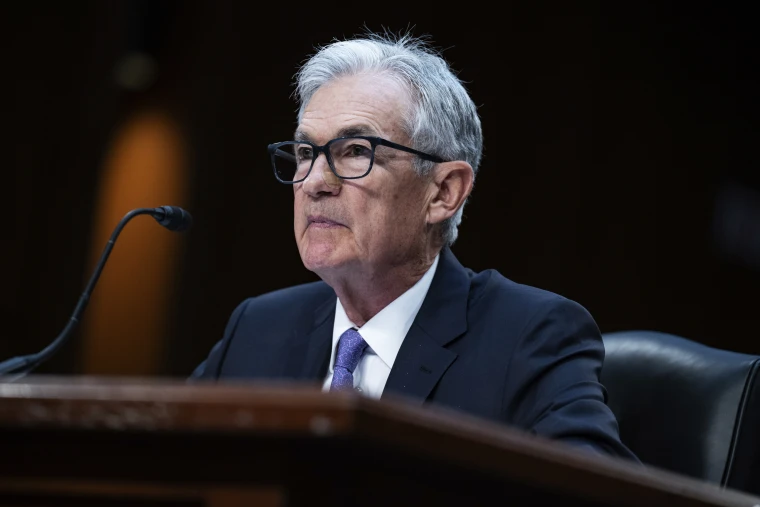Traders and financial markets have reached a state of near-certainty that the Federal Reserve will embark on interest rate cuts by September, driven by a confluence of economic data and Federal Reserve signals. This shift in sentiment, reflected in the CME FedWatch Tool, now places the probability of a rate cut in September at 93.3% for a quarter-point reduction and 6.7% for a more aggressive half-point cut. Just a month earlier, these probabilities were considerably lower, hovering around 70%, indicating a swift recalibration of expectations.
The pivotal factor influencing this consensus was the release of the June consumer price index (CPI) data, which revealed a surprising 0.1% decline from the previous month. This decrease contributed to an annual inflation rate of 3%, marking a three-year low. The subdued inflation figures provided reassurance to traders that inflationary pressures, which had been a concern earlier in the year, were moderating. This development aligned with market expectations that the Federal Reserve would respond with monetary policy easing to support economic growth.
The methodology behind the CME FedWatch Tool involves aggregating information from trading in fed funds futures contracts, which effectively represents where market participants are placing their financial bets on future interest rates. The tool’s calculations translate market sentiment into probabilistic forecasts, indicating not only the likelihood of rate cuts but also the degree of certainty among traders.
Federal Reserve Chairman Jerome Powell’s recent comments have further solidified expectations of impending rate cuts. Powell emphasized that the Fed would not wait for inflation to reach its 2% target before acting, citing the lag effects of monetary policy adjustments. His remarks underscored the Fed’s proactive stance in addressing economic uncertainties and supporting sustained growth.
Looking ahead, the Federal Reserve’s upcoming policy meetings on July 31 and September 18 loom large on the economic calendar. The absence of an August meeting underscores the importance of the decisions to be made in July, which will likely set the tone for monetary policy heading into the latter part of the year. This timing emphasizes the significance of the Fed’s role in managing economic stability amid global trade tensions and geopolitical uncertainties.
In conclusion, the evolving consensus among traders and analysts reflects a confidence that the Federal Reserve will take decisive action to lower interest rates in response to favorable inflation trends and economic conditions. This proactive approach aims to bolster market confidence, support consumer spending, and mitigate risks to sustained economic expansion in the United States.
